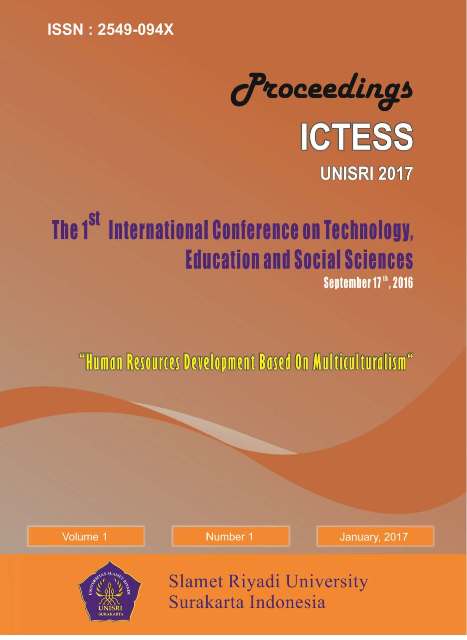Change in the pattern of community economy in flood area : Case study Chee Wang Kan Village, Mancha Khiri District, Khon Kaen Province.
Abstract
The objective of this article is to understand the general context of the Chee Wang Kan
village, including the pattern of change in the community under the process of capitalism.
This study employed the concept of community economy. In-depth interviews with 10 key
informants and 103 household representatives were applied together with guided questions.
The study found that the previous pattern of community economy in Chee Wang Kan
village, since 1924, was agriculture, based on cropped rice for their own consumption and
fish from the Chee River for their own consumption and for sale. Since 1989, the advance
of agriculture technologymeant that they started to use walking tractors on their farms. The
pattern of the community economy in Chee Wang Kan village changed to be agriculture
products for sale. Prior to 2000, area suffered flooding that led more laborers in the
community to migrate to find work in Bangkok. Consequently, this changed the villagers’
livelihoods, which became a mixture of non-agriculture and agriculture products for sale.
This situation continues to the present time. However, the pattern of community economy
in Chee Wang Kan village has adapted to suit the context of the community, having not
only agriculture but also a non-agriculture pattern. This has ensured the maintenance of the
community economy pattern, under the influence of capitalism, to the present time.
Keywords: Community economy, Pattern of community economy, Capitalism,
Non-agriculture, Flood area

